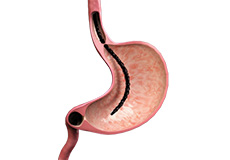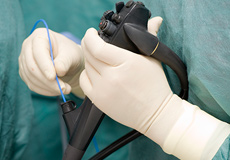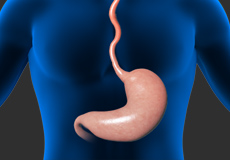
Colonoscopy
Colonoscopy is an endoscopic procedure used to view the large intestine (colon and rectum) using an instrument called colonoscope (a flexible tube with a small camera and lens attached at one end). The procedure can detect inflamed tissue, ulcers, and abnormal growths.

Upper GI Endoscopy
Upper GI endoscopy is usually performed on an outpatient basis. The endoscope is a long, thin, flexible tube with a tiny video camera and light on the end. By adjusting the various controls on the endoscope, the endoscopist can safely guide the instrument to carefully examine the inside lining of the upper digestive system.

Sigmoidoscopy and Proctoscopy
Sigmoidoscopy and proctoscopy are diagnostic procedures performed with lighted viewing tubes called scopes introduced through the anus to inspect the lower end of the large intestine (sigmoid colon) and the rectum (just above the anus) respectively.

Hemorrhoidal Band Ligation
Hemorrhoidal band ligation, which is also known as rubber band ligation is a procedure that involves tying the hemorrhoid at its base with a rubber band, cutting off the blood flow to the hemorrhoid. This procedure is performed only for internal hemorrhoids.

Esophageal Dilation
Esophageal dilation is a procedure which dilates or widens a narrowed or constricted section of the esophagus. Also referred to as the swallowing tube, your esophagus allows food and drinks to pass through it to your stomach.




